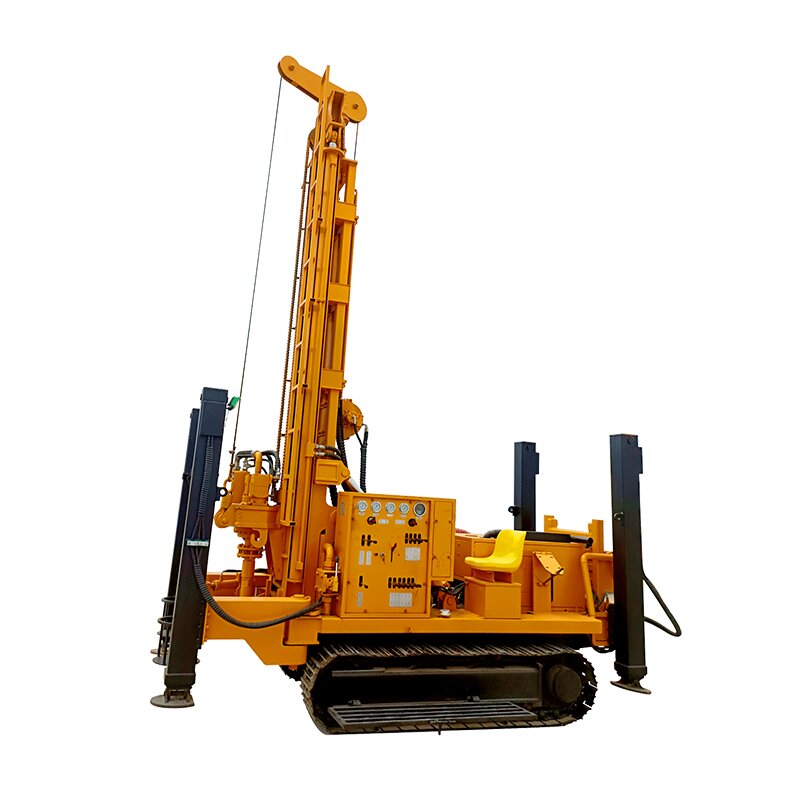Reverse circulation well washing is a special method of well washing that is the opposite of the traditional positive circulation well washing method. It cleans the bottom of the well and the wellbore by injecting the wash fluid through the wellbore annulus and then returning it from inside the drill column. This method offers some unique advantages in specific geologic conditions and drilling operations.
The main advantages of reverse circulation well washing:
Better Rock Carrying Capacity: This is the most significant advantage of reverse circulation washing. Because the wash fluid flows directly upward inside the column at a higher rate of flow, it is able to carry a larger volume of rock and sand particles, and even larger rock particles can be efficiently discharged from the wellbore. Drilling efficiency.Clearer cuttings samples: Because cuttings are carried directly from the bottom of the well to the surface with less contamination and abrasion, clearer, more representative cuttings samples can be obtained, which is very helpful for geologic analysis and stratigraphic evaluation.
Reducing or eliminating drilling fluid leakage: When drilling in formations prone to leakage, reverse circulation well washing can effectively reduce or eliminate drilling fluid leakage due to the lower pressure in the annulus, protecting the reservoir and saving a large amount of drilling fluid material consumption.
Reducing the loss of mud pumps: When adopting airlift reverse circulation drilling, the mud pumps are only used to pour mud into the annulus (or use a pump to do so), so the load on the pumps is greatly reduced, thus prolonging the service life of the mud pumps.
Flexible well control: Reverse circulation well washing can be used in combination with positive circulation well washing, which can be flexibly switched according to the needs to realize better well control effects. For example, during well pressure, reverse circulation can be used to send the heavy mud directly to the bottom of the well, shortening the treatment time.
Realization of geological sand-fishing purpose: air-lift reverse circulation drilling fluid flow is directly returned upward in the drilling tool, with strong ability to carry rock chips and clear rock samples, so it can realize geological purposes such as sand-fishing when drilling in the leaky formation.

Summary:
Reverse circulation well washing is an effective well washing method for specific geological conditions and drilling needs. It plays an important role in drilling projects with its strong rock-carrying capacity, clear rock chip samples and reduced drilling fluid leakage.
If you need to buy the right water well drilling rig, click the link below to contact our professional team.
Comments
Post a Comment